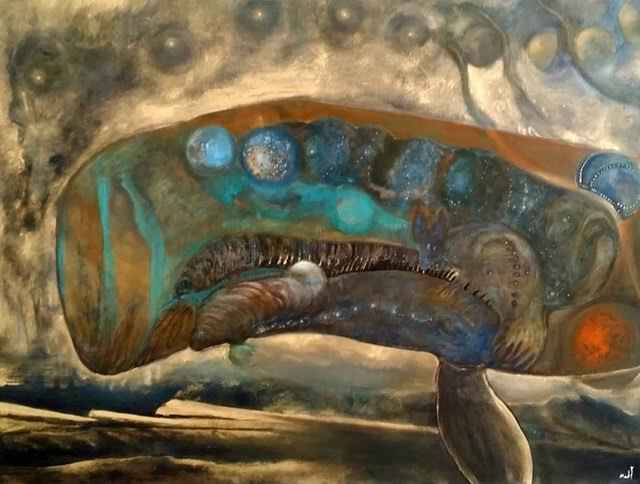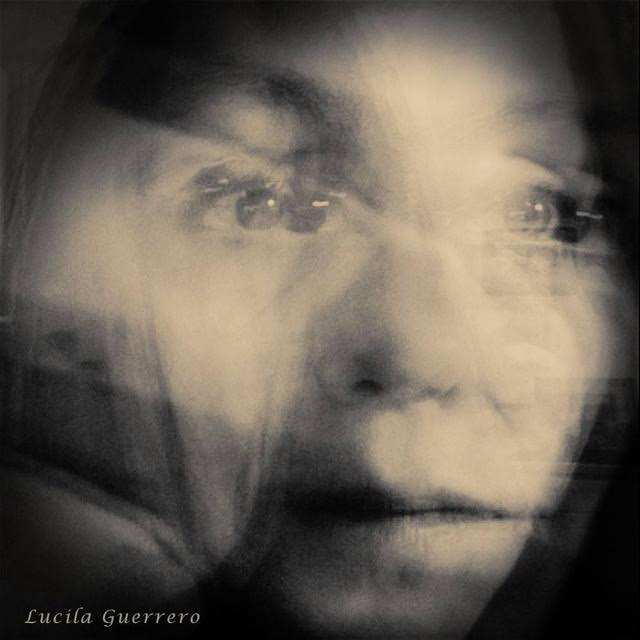LYDIA SCHRUFER:
Can you tell me a little bit about your project?
MADY: The project
for autistic artists came from my own issues with autism, which
manifest as difficulty socializing and panic about meeting people.
A career as an artist requires meeting people to promote my
work, so I passed up many opportunities because I'm afraid of
people and can't decode their signals. When I began the project,
I spoke with many other artists and discovered that we all had
the  same
problem – leaving the house and socializing is a real
challenge. A virtual gallery on a website seemed an ideal solution,
as the artwork can be shared with the whole world. I'm working
very diligently to promote TAWA ART. My strength is the Internet,
which is easy for me and doesn't cause me anxiety because there
isn't any physical interaction required.
same
problem – leaving the house and socializing is a real
challenge. A virtual gallery on a website seemed an ideal solution,
as the artwork can be shared with the whole world. I'm working
very diligently to promote TAWA ART. My strength is the Internet,
which is easy for me and doesn't cause me anxiety because there
isn't any physical interaction required.
LS: When did you
discover that you were autistic?
MADY: I've struggled
with the challenges of socializing and obsessive circular thinking
all my life, but four years ago I had a fortuitous meeting with
a woman whose husband has Asperger syndrome. When she visited
me at home and saw how I lived, she suggested I should seek
help because she suspected I was autistic. I had previously,
in 1988, been given an incorrect diagnosis of Borderline Personality
Disorder. But finally, after many doctors and counselors, a
specialized psychiatrist diagnosed autism. I finally had an
explanation for the limitations I'd experienced throughout my
life. I am unable to work in a standard job, but the psychiatrist
did insist on the importance of my painting, which in his words,
keeps me from developing clinical depression.
LS: How, if at all,
does autism impact your painting?
MADY: My painting
is my connection to the world. I understand myself and my surroundings
through painting. Visual art is my language, and it’s
how I communicate and socialize. TAWA ART is a way to publicize
my work without the anxiety of physical socializing.
LS: How can other
artists participate in your project? Are participating artists
selected? Is it by jury or by being in touch with an autism
support group or registry? 
MADY: Autistic artists
of any age or nationality are welcome to participate. My goal
is to introduce and publicize the TAWA ART website and make
it accessible to as many artists as possible. The project is
endorsed by the Quebec and Canadian Autism societies, and since
April is Autism month, they will promote the TAWA ART website.
There is no fee for exhibiting on the site, but I will charge
a 20% sales commission, of which 5% will go to Autisme de l'Est
du Quebec and 15% to myself for the work of maintaining the
website.
LS: How can artists
get in touch with your project?
MADY: Artists can
contact me through the website, e-mail or Facebook https://www.facebook.com/MadyArt
LS: If the public
wanted to contribute funds, how would they get in touch?
MADY: Contributions
are welcome and necessary because I will need help for the first
year for publicity to promote the website. Interested donors
can contact me at mariebourdages9@gmail.com
LS: How will you
notify the public about exhibitions?
MADY: Social media
is a powerful tool that can reach millions and there will surely
be developments from an exhibition showing in France and California
called Art of AUTISM. I'll also be working hard to contact many
autism organizations around the world. The Internet affords
wonderful possibilities. A project is already in development
with Online Auction -- Paul’s International.


